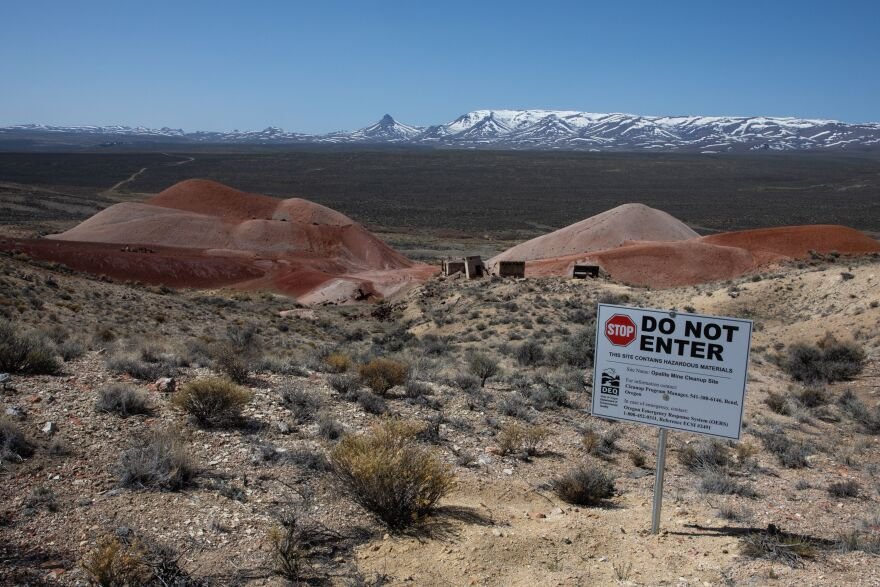The United States has potentially found the world’s largest lithium deposit in the McDermitt Caldera, a volcanic crater on the Nevada-Oregon border. The deposit is estimated to contain 20 to 40 million metric tons of lithium, which is more than the amount found in Bolivia’s salt flats.
This discovery is significant because this metal is a key component in the batteries that power electric vehicles. As the world transitions to electric vehicles, the demand is expected to increase, so this discovery could help to meet that demand.

The McDermitt Caldera in Nevada is home to some of the world’s richest lithium deposits. The lithium is not found in brine, as is the case with many other deposits, but in clay.
The caldera was formed by a massive magma eruption 16.4 million years ago. This eruption released a large amount of lithium and other metals into the surrounding area. A lake eventually formed in the caldera, and the lithium-rich sediment from the eruption settled to the bottom of the lake. This sediment eventually turned into a clay called smectite.
Over time, volcanic activity heated up again and drove hot brine containing more of this metal up into the smectite. This infusion of lithium turned the smectite into a uniquely lithium-rich illite. It is currently being explored for potential mining.

The good news for miners is that this particular illite is more rich in the metal and so it’s supposedly easier to separate. Plus, the deposits are mostly concentrated in one spot at the southern tip of the pass, limiting the area impacted by mining.
However, the Thacker Pass lithium mine is a controversial project that has been met with opposition from conservationists, Native American activists, and some local residents because the mine is located in the Humboldt-Toiyabe National Forest, which is home to a variety of wildlife and plant species.

Conservationists are concerned that the mine would pollute the air and water, and destroy wildlife habitat. They also argue that the mine would violate the National Environmental Policy Act (NEPA), which requires the government to consider the environmental impacts of major projects before approving them.
But a federal court struck down their appeals in July, and workers have now broken ground at the site this week.
Reference- The Guardian, APN News, CNN, The Washington Post






